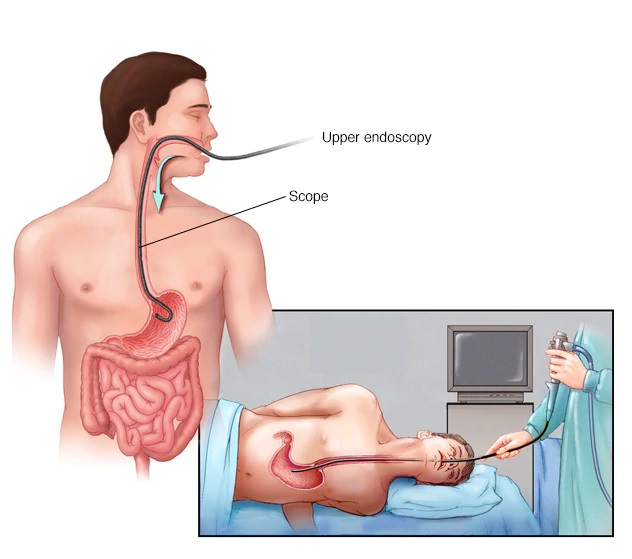© 2021, Dr Ram Chandra Soni. Website & SEO by Web SEO India
 Any injuries and infections to internal organs cannot be seen by the naked eye. The procedure to view and operate on the body’s internal organs such as to examine a person’s digestive tract is known as an endoscopy. It is performed with a flexible tube called an endoscope, which has a light and camera attached to it so that the doctor can see pictures of the digestive tract on a color TV monitor.
Any injuries and infections to internal organs cannot be seen by the naked eye. The procedure to view and operate on the body’s internal organs such as to examine a person’s digestive tract is known as an endoscopy. It is performed with a flexible tube called an endoscope, which has a light and camera attached to it so that the doctor can see pictures of the digestive tract on a color TV monitor.
This new and totally endoscopic approach is changing the way we treat digestive diseases, from treating motility disorders to removing cancerous lesions in the gut and ESG for Weight-Loss. These approaches have certain health benefits. For any queries related to this, one can consult Dr. Ram Chandra Soni to know when this approach is preferred over laparoscopic/robotic surgery.
There are mainly 3 types of endoscopies:
Dr. Ram Chandra Soni is one of the renowned Gastroenterologists in Faridabad. He is presently working as a Chairman – Gastroenterology & Hepatology in Accord Superspeciality Hospital, Faridabad.
Dr. Soni has 15+ years of vast experience in gastro. He has been a known face in this region, which makes him the best gastroenterologist in Faridabad.
ACCREDITATION